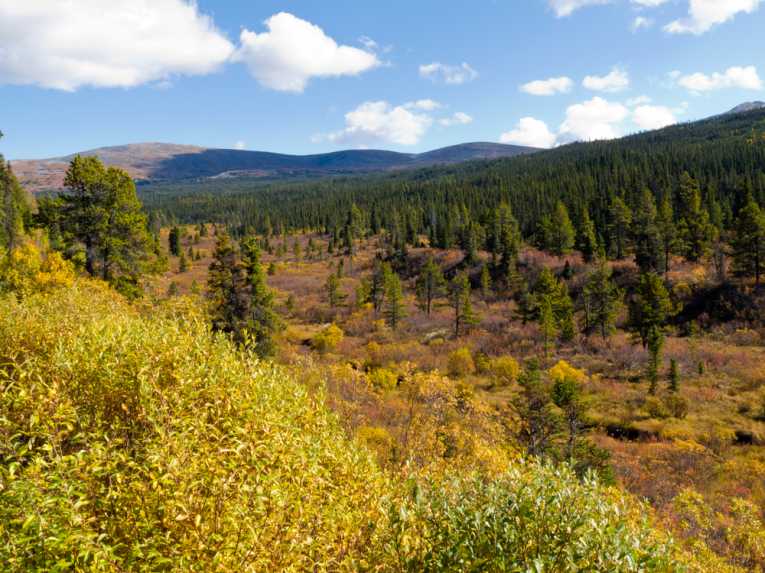The expanse of coniferous forest in Canada that lies between the country's southern deciduous forests and the tundra far to the north is considered to be some of the most beautiful wilderness in the world. Although Canada is one of just a few countries that have an expanse of boreal forest, their taiga region comprises approximately a third of this type of forested land in the world. And considering that it was recently cited as having the largest occurrence of stored fresh water (in a 2011 report by the Pew Environmental Group), it seems that we have plenty of reason to protect this largely uninhabited wilderness. But what are some of the problems facing the boreal forest of Canada and what can we do to protect them?
The greatest concern currently facing most forested lands is logging, and it is an industry that is quite large in Canada. Although the Boreal Forest has not been subject to the massive operations that are decimating other forests around the world, it is estimated that up to 1% of the land included in this region is being permanently lost each year. Considering that it covers over a billion acres, that may seem like a drop in the bucket, especially when held up against losses in, say, the Amazon Rainforest. And yet, we can ill-afford to lose the forests in this region of the world.
Aside from the fresh water supply that is present there, the Canadian boreal forest is also estimated to house nearly one fourth of the carbon that rests on the Earth's surface. You can imagine what would happen if the forest were to suffer devastating losses; all of that carbon would suddenly be released into the atmosphere (and it is equivalent to about three decades worth of burning fossil fuels at our current rate - ouch). And of course, we'd all like to preserve biodiversity (many animals that call this region home are now endangered) and the beauty of the land, as well.

Protecting Canada's Boreal Forest; Credit: Creative Commons photo by Rich Bard
Unfortunately, it seems that humans are doing their best to destroy the boreal forest. In addition to logging companies that clear-cut the landscape (and rarely replant), there are mining operations that pollute land, water, and air, along with fishing and hunting that upset the balance of ecosystems that have survived, untouched, for thousands of years. But probably the largest ongoing threat facing this area of the planet is global warming, the results of which could be disastrous.
Already we've seen the impact on the polar ice caps, which are shrinking each year to the detriment of salmon that rely on cold waters for breeding and polar bears that need the sea ice to hunt and raise their young. What will happen when it gets too warm in the boreal forest? First, there will be a rise in insect infestation, probably resulting in the spread of disease to both plants and animals. Then we will likely see an increase in fires. Either way, it doesn't bode well for the survival of the forest.
But you can do your part to protect the environment, and the answer is pretty simple: cut back on your carbon emissions. You can easily make a change by opting for an alternative-fuel (or electric) vehicle. And you can also effect change through your consumer choices. By demanding products that are responsibly and sustainably produced, purchasing only reclaimed hardwoods, and going for paper products that are recycled, you can tell the manufacturers of the world that you want a greener future, one that includes the boreal forests.










